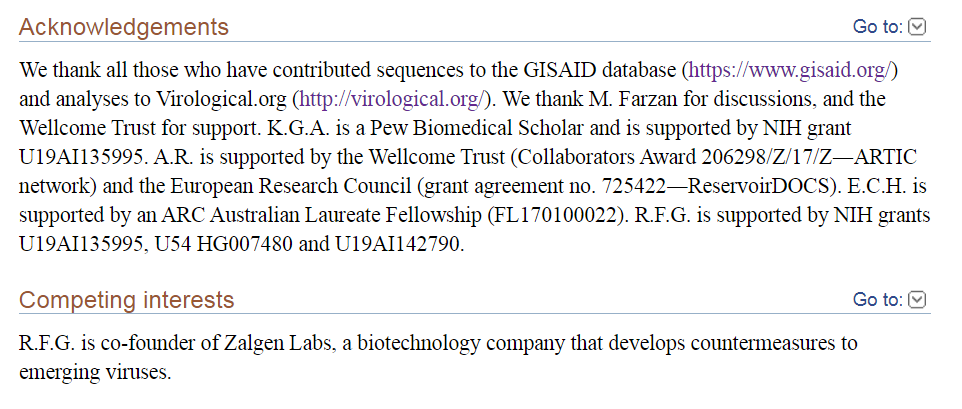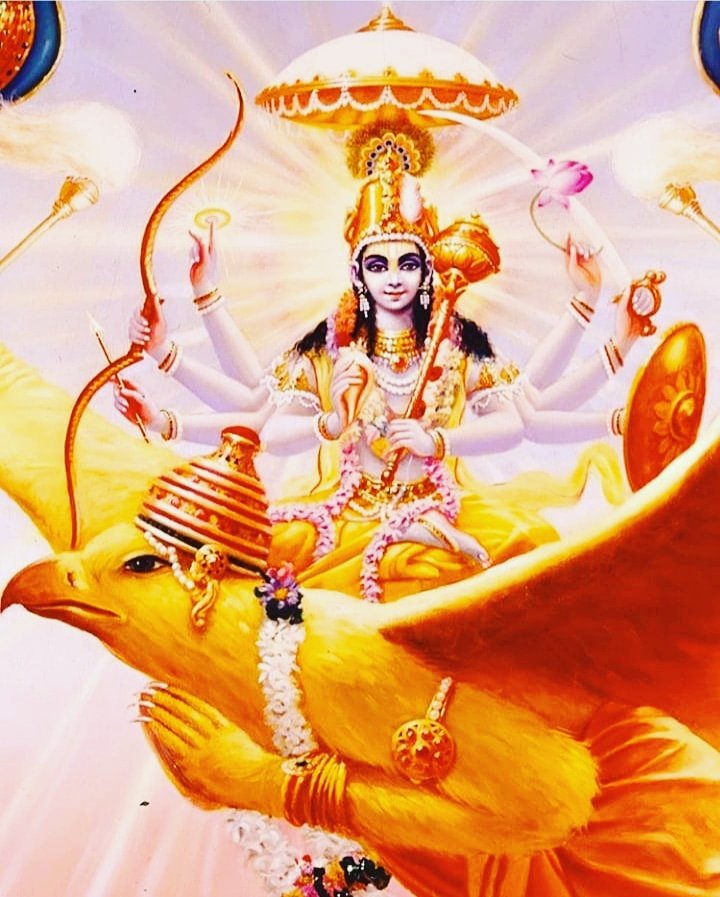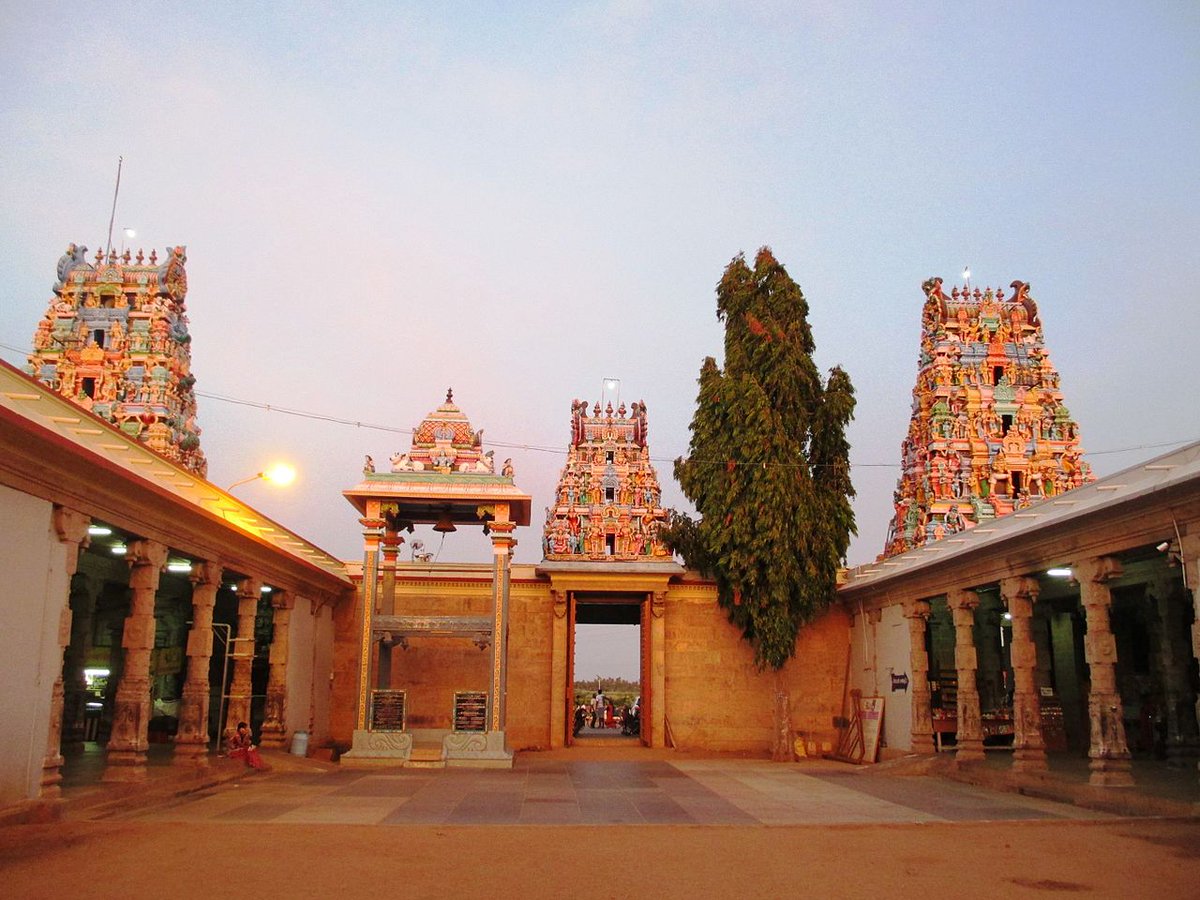The Sixteen Sanskaras In Sanatana Dharma. When we talk about it. It teaches you about life and the science revolving around it. Our religion is beyond criticism and it is to be followed after understanding it. Thought this is one important thread.
Let me not waste your time are keep you all waiting for it. So let us start
Garbhadan Samskaras also called Garbhalambhanam, literally means attaining the wealth of the womb. This is first Samskaras among sixteen Samskaras approved in our scriptures. After entering into a social and worldly life, this Garbhadan is performed.
(2) Pumsavana (Foetus protection)
Pumsavana is a ritual conducted when the pregnancy begins to show, typically in or after the third month of pregnancy and usually before the fetus starts moving in the womb.
The significance of the ritual is to wish a healthy development of baby and safe delivery to the mother. This Sanskar is performed during the seventh month of pregnancy and prayers are offered for the healthy physical
It signifies baby’s birth, and bonding of father with baby. In scriptures, it is stated to perform this Samskara prior to cutting off navel string of newly born child from that of his mother. In Jatakarman ritual, father welcomes baby by touching the
(5) Namakarana (Name-giving)
This is a ceremony of naming a child and done on 11th or 12th day after birth, and sometimes first new moon or full moon day after 10th day of birth.
On the day , the infant is bathed and dressed in new garments.
(6) Nishkrama (First outing)
Nishkrama literally means “going out, coming forth”It is usually in the fourth month when the parents take the baby outside the home and the baby formally meets the world for the first time.
(7) Annaprashana (First Solid Food
Annaprashana marks first time a baby eats solid food, typically containing cooked rice. The purpose of this Samskarasis to concentrate upon the physical & mental development of child.
Also known as Mundan Sanskar marks the child’s first haircut, typically the shaving of the head. The mother dresses up, sometimes in her wedding sari, and with the father present, the baby’s hair is cut and the nails are trimmed.
Karnavedh means ear-piercing, the ears of a child should be pierced for protection (from diseases such as hydrocoele and hernia) and decoration.
For a boy, the right earlobe is pierced first and for a girl, the left. For boys today,
(10) Vidyarambha (Learning the alphabet)
Vidyarambha Samskaras aim is that a child should be introduced about priority of education. It is usually performed at age of five,
(11) Upanayana (Sacred thread initiation)
At the age of 8, son is initiated by the Acharya with the sacred thread, known as janoi or yagnopavit. Amongst all foregoing Samskaras
(12) Vedarambha (Beginning Vedic study
Praishartha (or Vedarambha) is the rite of passage that
Upanayan marked the beginning of education, but this Samskaras was to initiate Vedic study. In this Samskara, each student, according to his lineage, masters his own branch of the Vedas.
‘Kesh’ means hair and ‘ant’ means the end. This Samskara involves the first shaving of the beard by the student at the age of sixteen. The ceremony included gift giving such as to the barber and the teacher at his school.
‘Sama Vartan’ meant ‘returning home from the house of the Acharya.’ On completion of the studies of the Vedas and other scriptures in Gurukul when the student leaves his guru and gurukul Samavartan Sanskara is performed.
This is the most important of all the Hindu Samskaras. Vivaha (wedding) is most extensive personal ritual an adult Hindu undertakes in his or her life. The wedding rites & ceremonies begin with engagement of a couple & extend to rites of passage
Post-wedding rites include Grihapravesa – the welcoming of the bride to her new home by the groom’s mother, father, brother(s), or sister(s), and other relatives.
Antyeshti is final Samskara in a Hindu’s life. Performed after death by his relatives, it is of importance because value of next world is higher than that of present. The final rituals are performed with meticulous care with help of learned
More from All
Took me 5 years to get the best Chartink scanners for Stock Market, but you’ll get it in 5 mminutes here ⏰
Do Share the above tweet 👆
These are going to be very simple yet effective pure price action based scanners, no fancy indicators nothing - hope you liked it.
https://t.co/JU0MJIbpRV
52 Week High
One of the classic scanners very you will get strong stocks to Bet on.
https://t.co/V69th0jwBr
Hourly Breakout
This scanner will give you short term bet breakouts like hourly or 2Hr breakout
Volume shocker
Volume spurt in a stock with massive X times
Do Share the above tweet 👆
These are going to be very simple yet effective pure price action based scanners, no fancy indicators nothing - hope you liked it.
https://t.co/JU0MJIbpRV
52 Week High
One of the classic scanners very you will get strong stocks to Bet on.
https://t.co/V69th0jwBr
Hourly Breakout
This scanner will give you short term bet breakouts like hourly or 2Hr breakout
Volume shocker
Volume spurt in a stock with massive X times
1. Mini Thread on Conflicts of Interest involving the authors of the Nature Toilet Paper:
https://t.co/VUYbsKGncx
Kristian G. Andersen
Andrew Rambaut
Ian Lipkin
Edward C. Holmes
Robert F. Garry
2. Thanks to @newboxer007 for forwarding the link to the research by an Australian in Taiwan (not on
3. K.Andersen didn't mention "competing interests"
Only Garry listed Zalgen Labs, which we will look at later.
In acknowledgements, Michael Farzan, Wellcome Trust, NIH, ERC & ARC are mentioned.
Author affiliations listed as usual.
Note the 328 Citations!
https://t.co/nmOeohM89Q

4. Kristian Andersen (1)
Andersen worked with USAMRIID & Fort Detrick scientists on research, with Robert Garry, Jens Kuhn & Sina Bavari among
5. Kristian Andersen (2)
Works at Scripps Research Institute, which WAS in serious financial trouble, haemorrhaging 20 million $ a year.
But just when the first virus cases were emerging, they received great news.
They issued a press release dated November 27, 2019:
https://t.co/VUYbsKGncx
Kristian G. Andersen
Andrew Rambaut
Ian Lipkin
Edward C. Holmes
Robert F. Garry
2. Thanks to @newboxer007 for forwarding the link to the research by an Australian in Taiwan (not on
3. K.Andersen didn't mention "competing interests"
Only Garry listed Zalgen Labs, which we will look at later.
In acknowledgements, Michael Farzan, Wellcome Trust, NIH, ERC & ARC are mentioned.
Author affiliations listed as usual.
Note the 328 Citations!
https://t.co/nmOeohM89Q

4. Kristian Andersen (1)
Andersen worked with USAMRIID & Fort Detrick scientists on research, with Robert Garry, Jens Kuhn & Sina Bavari among
Our Hans Kristian Andersen working with Jens H. Kuhn, Sina Bavari, Robert F. Garry, Stuart T. Nichol,Gustavo Palacios, Sheli R. Radoshitzky from USAMRIID and Fort Detrick to tell more fairy tales? Full emails listed for queries...https://t.co/kLRoQTxiGD pic.twitter.com/uHNuGraPP2
— Billy Bostickson \U0001f3f4\U0001f441&\U0001f441 \U0001f193 (@BillyBostickson) August 26, 2020
5. Kristian Andersen (2)
Works at Scripps Research Institute, which WAS in serious financial trouble, haemorrhaging 20 million $ a year.
But just when the first virus cases were emerging, they received great news.
They issued a press release dated November 27, 2019:
You May Also Like
Krugman is, of course, right about this. BUT, note that universities can do a lot to revitalize declining and rural regions.
See this thing that @lymanstoneky wrote:
And see this thing that I wrote:
And see this book that @JamesFallows wrote:
And see this other thing that I wrote:
One thing I've been noticing about responses to today's column is that many people still don't get how strong the forces behind regional divergence are, and how hard to reverse 1/ https://t.co/Ft2aH1NcQt
— Paul Krugman (@paulkrugman) November 20, 2018
See this thing that @lymanstoneky wrote:
And see this thing that I wrote:
And see this book that @JamesFallows wrote:
And see this other thing that I wrote:




















